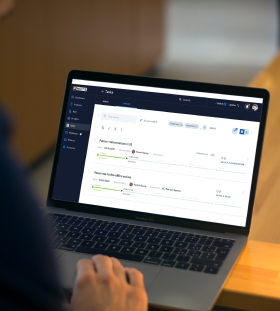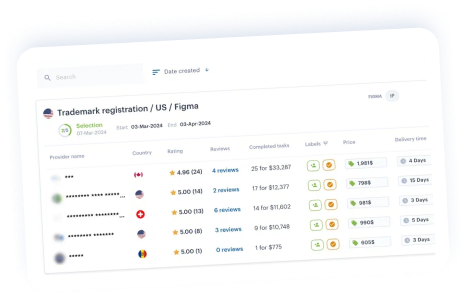Aviso de Concessão de Permissão e Patente
Ao receber um Aviso de Concessão, você deve pagar as taxas de concessão necessárias. Após esse pagamento, a patente será oficialmente publicada e concedida, garantindo assim seus direitos exclusivos



Ao receber um Aviso de Concessão, você deve pagar as taxas de concessão necessárias. Após esse pagamento, a patente será oficialmente publicada e concedida, garantindo assim seus direitos exclusivos







-
Um assistente de IP com tecnologia de IA que ajuda você a criar uma tarefa detalhada em minutos.
-
Seleção do advogado de patentes local mais adequado com base em critérios específicos.
-
Receber um Aviso de Concessão, lidar com taxas governamentais e emitir um certificado de patente.
-
Monitoramento e relatórios on-line na plataforma durante todo o processo.

-

Mais de 800 escritórios de advocacia de PI de mais de 150 países, classificação e avaliações
-

Um assistente de PI com tecnologia de IA que ajuda a criar tarefas e encontrar advogados relevantes
-

Taxas fixas, pagamentos online seguros e rápidos com resultados garantidos
-

Acesso 24 horas por dia, 7 dias por semana ao processo de registro e armazenamento de dados online para todos os seus casos
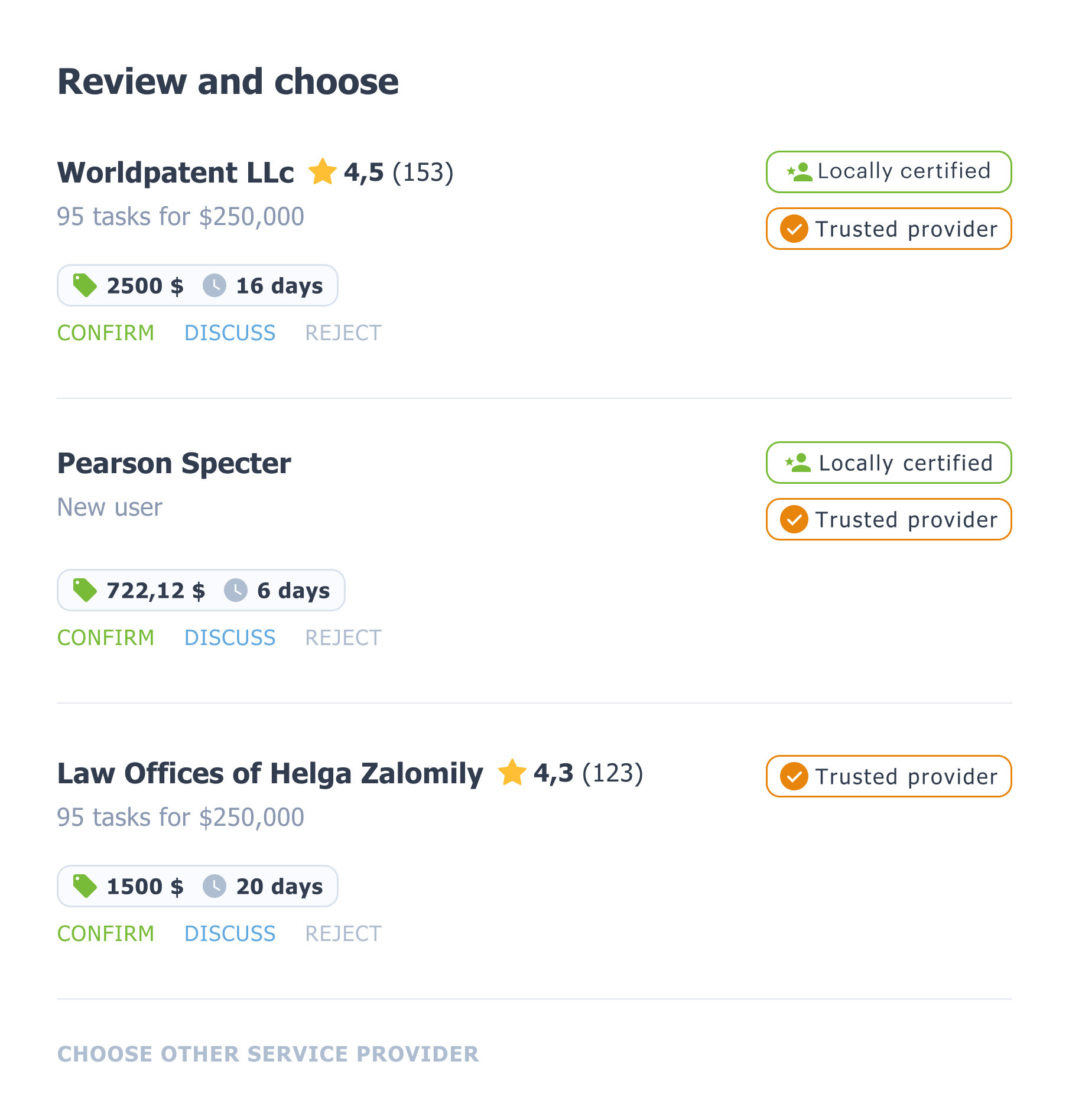
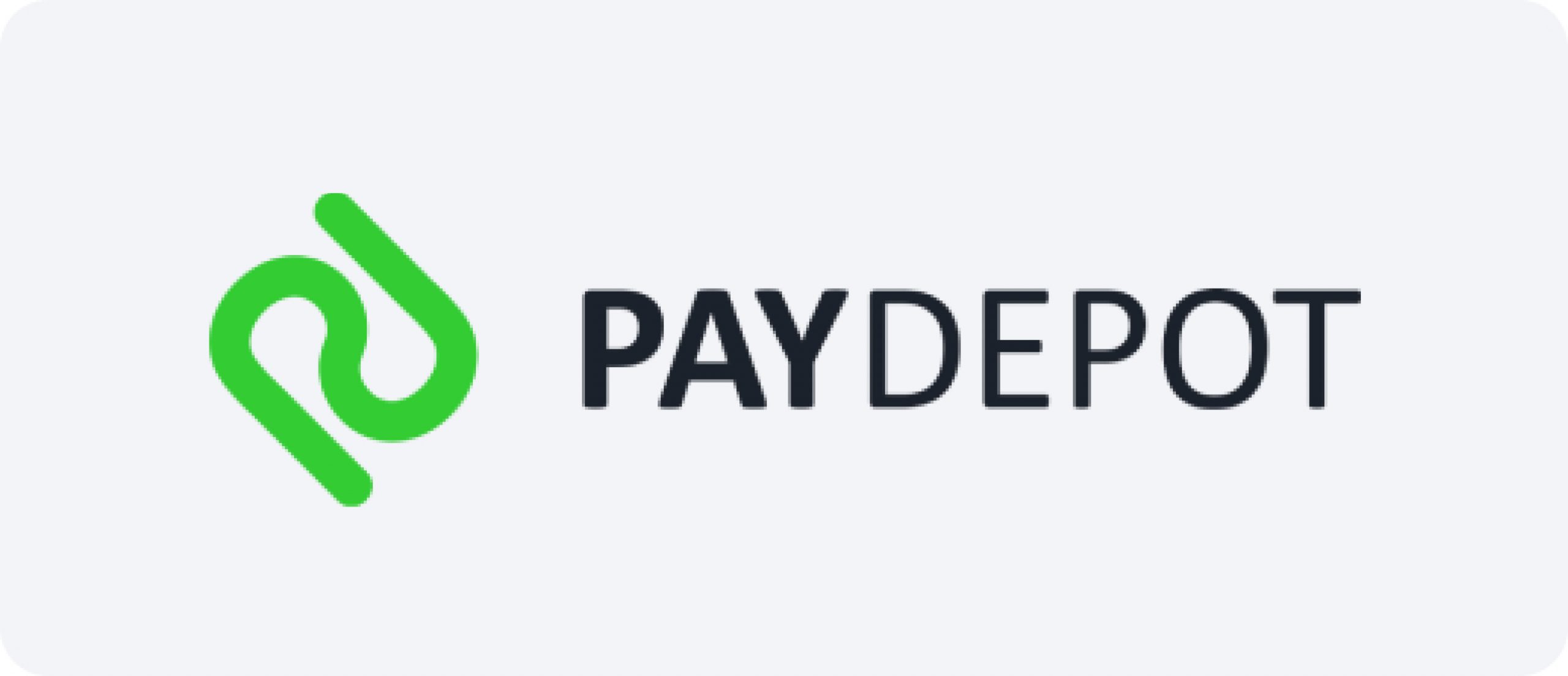

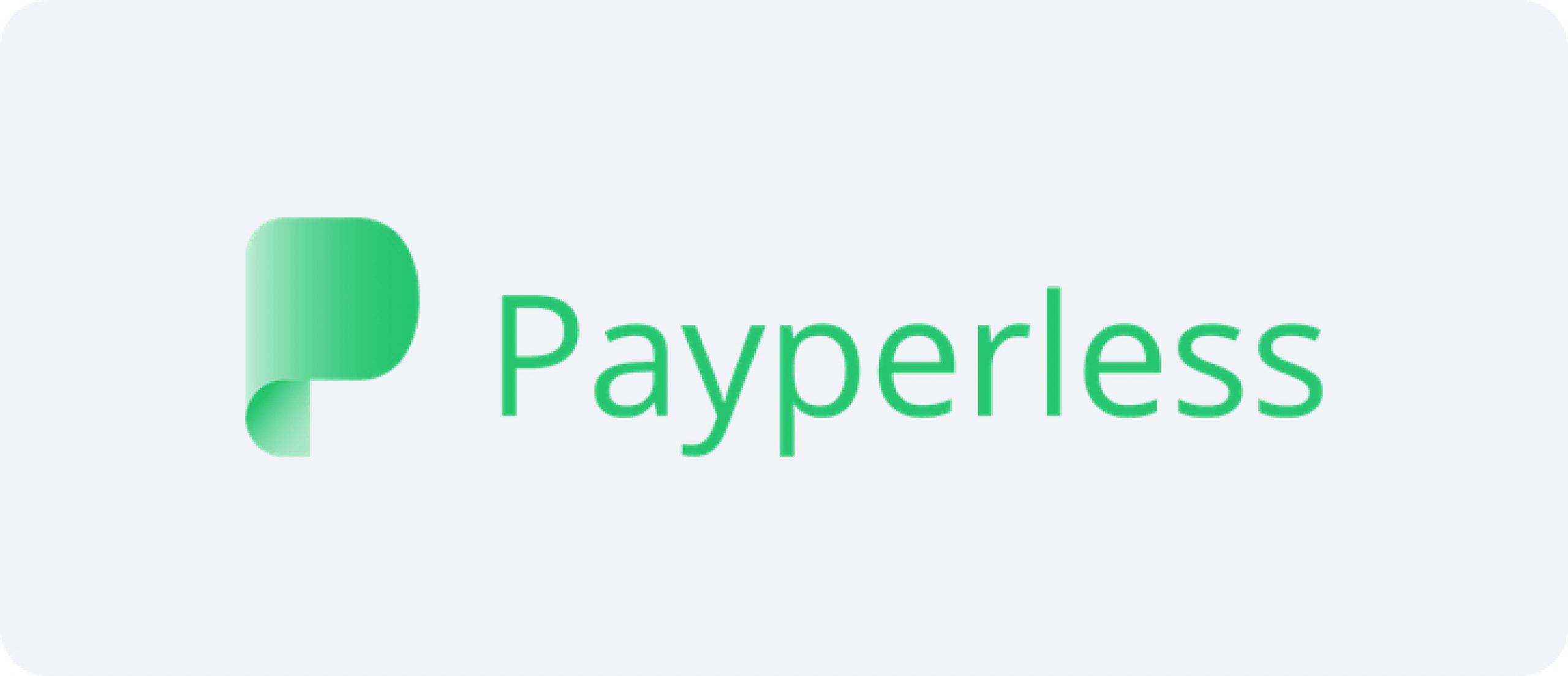
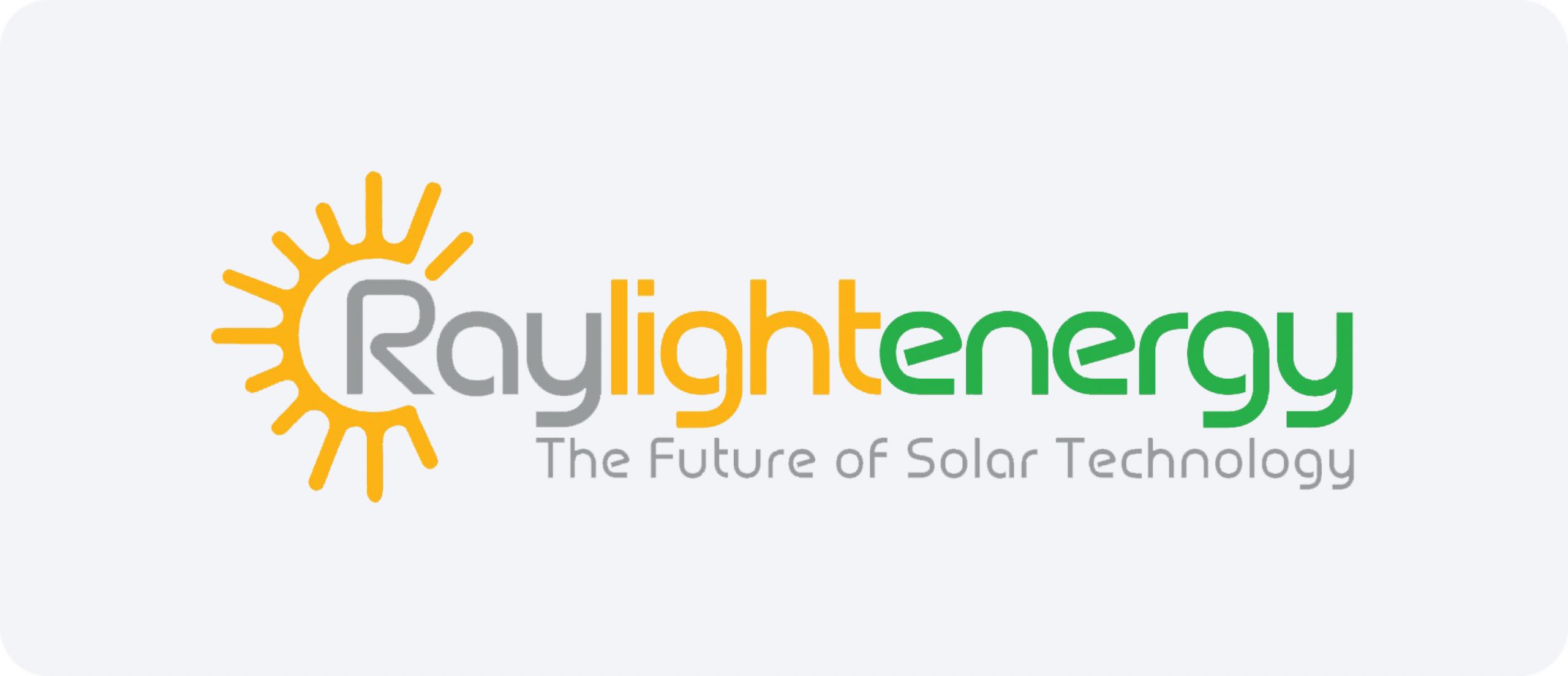
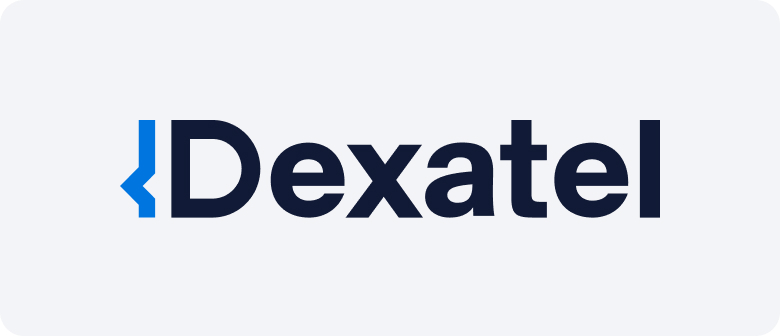
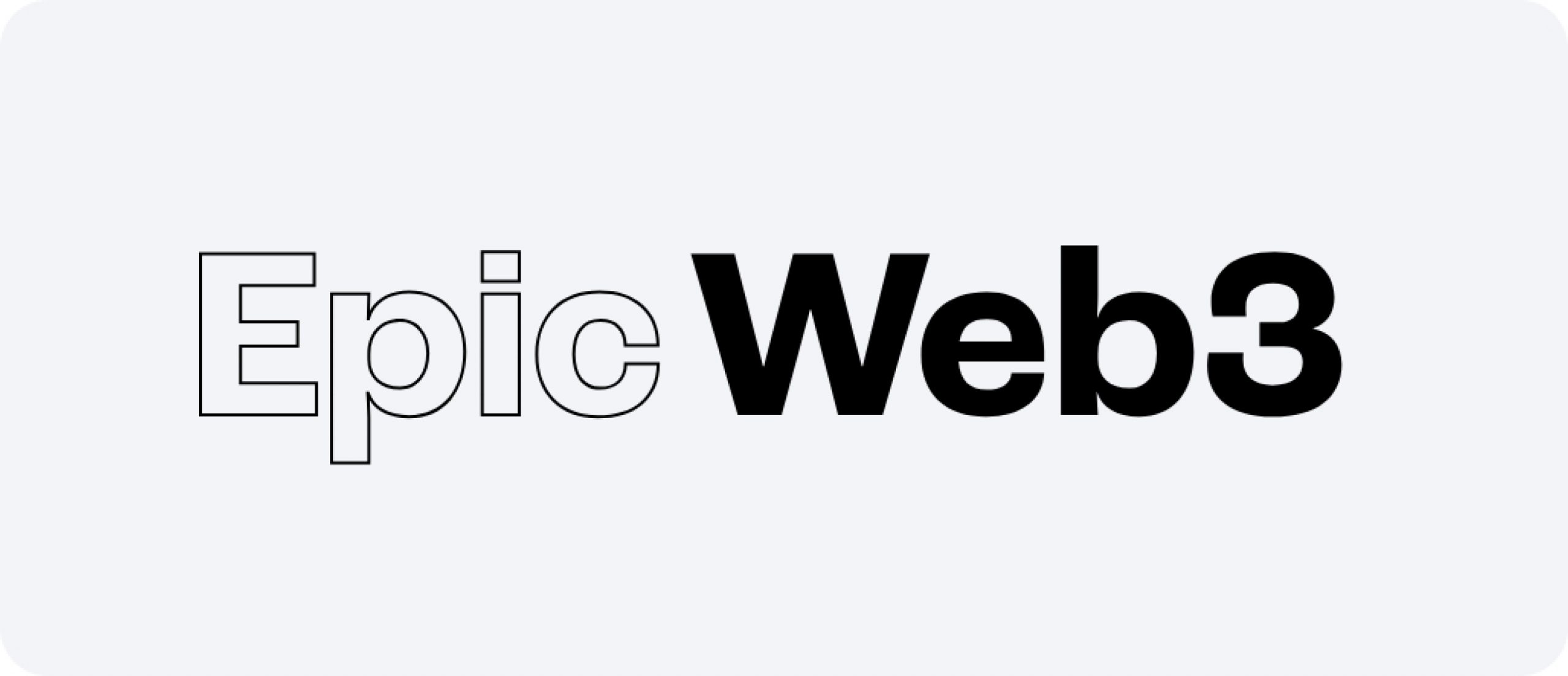
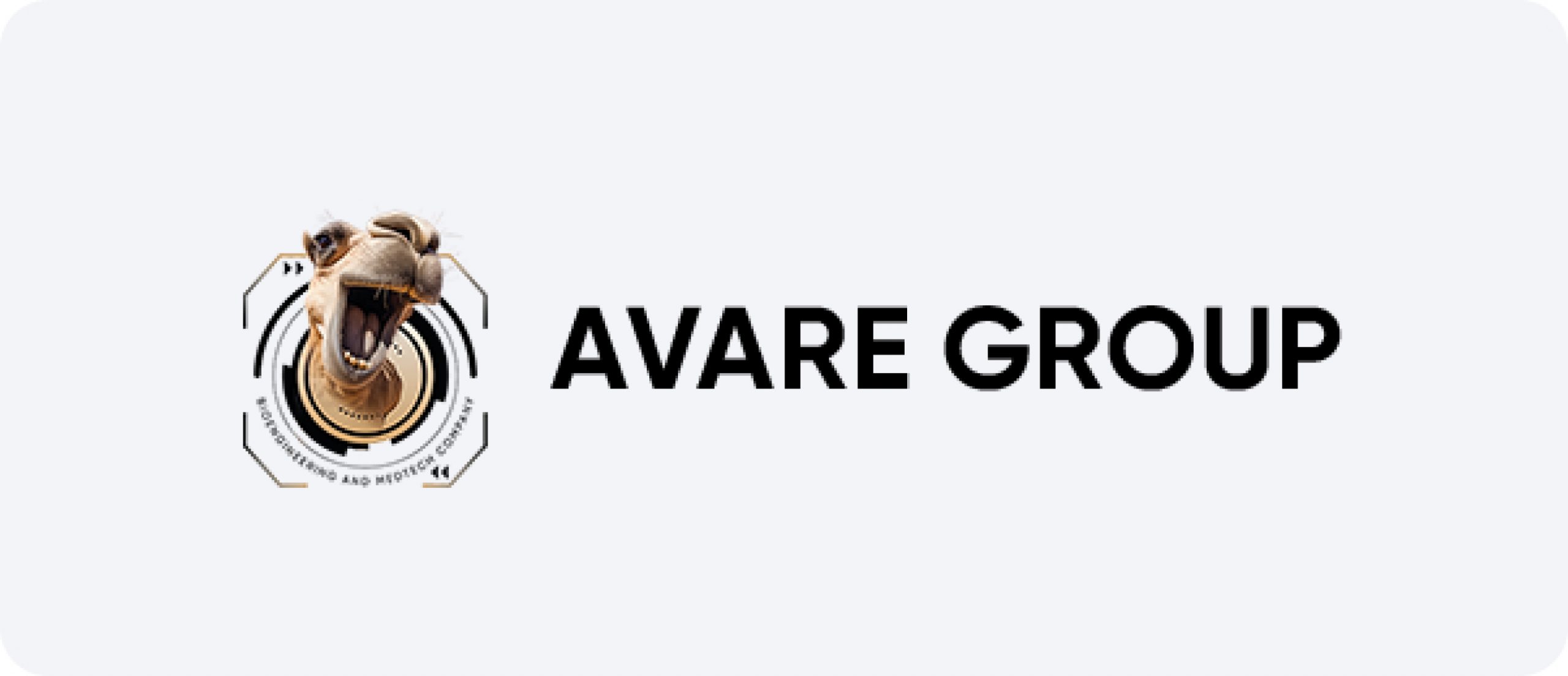
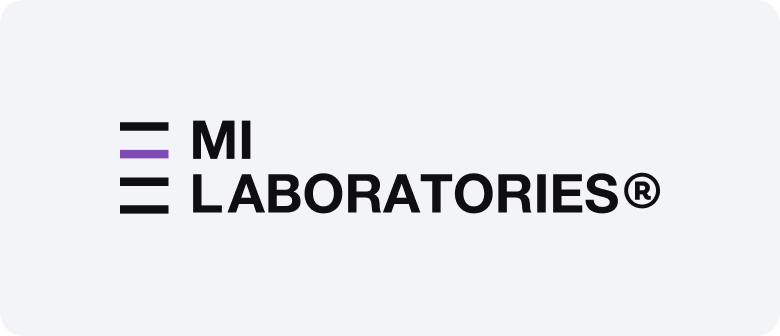
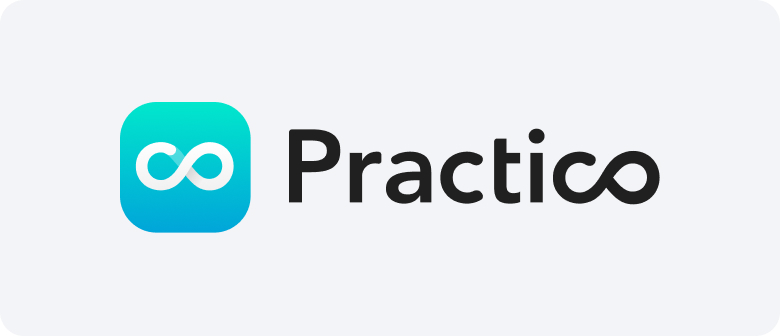
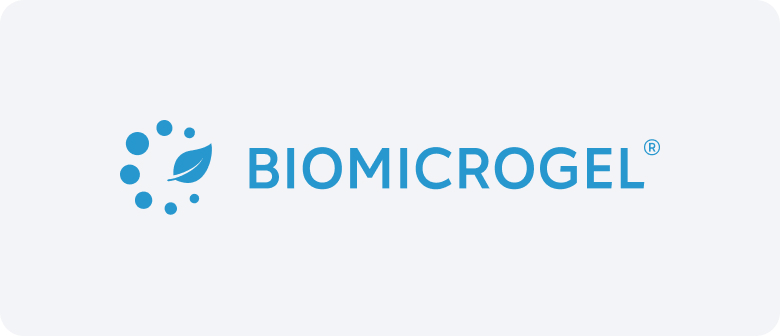
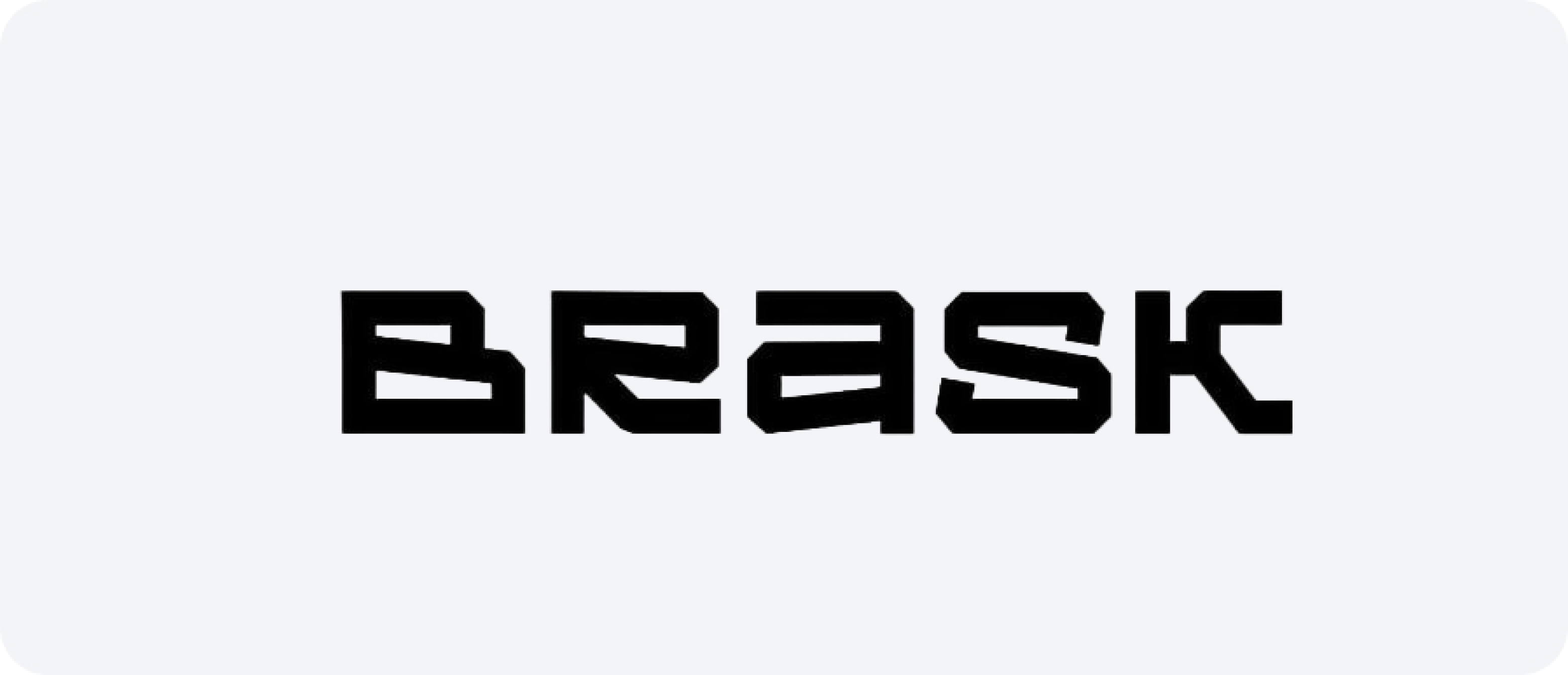
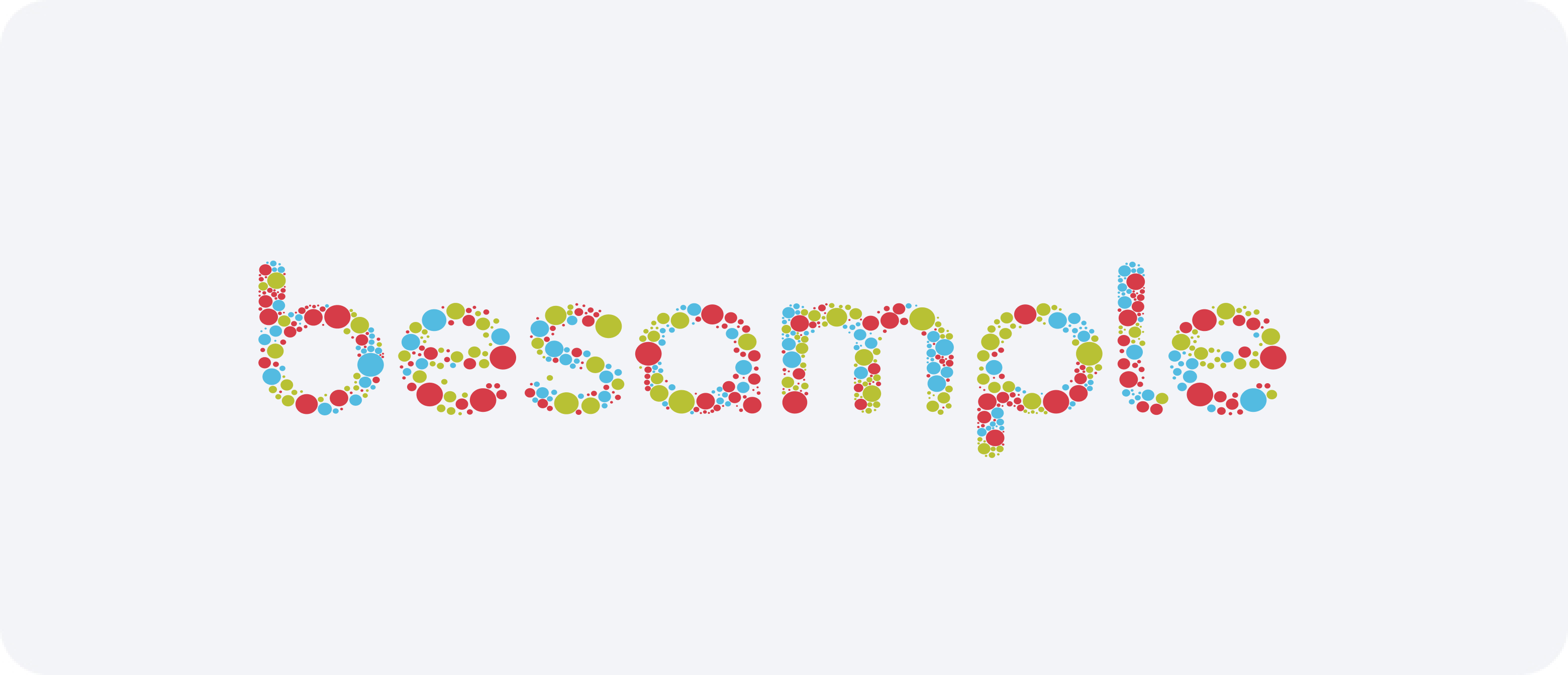
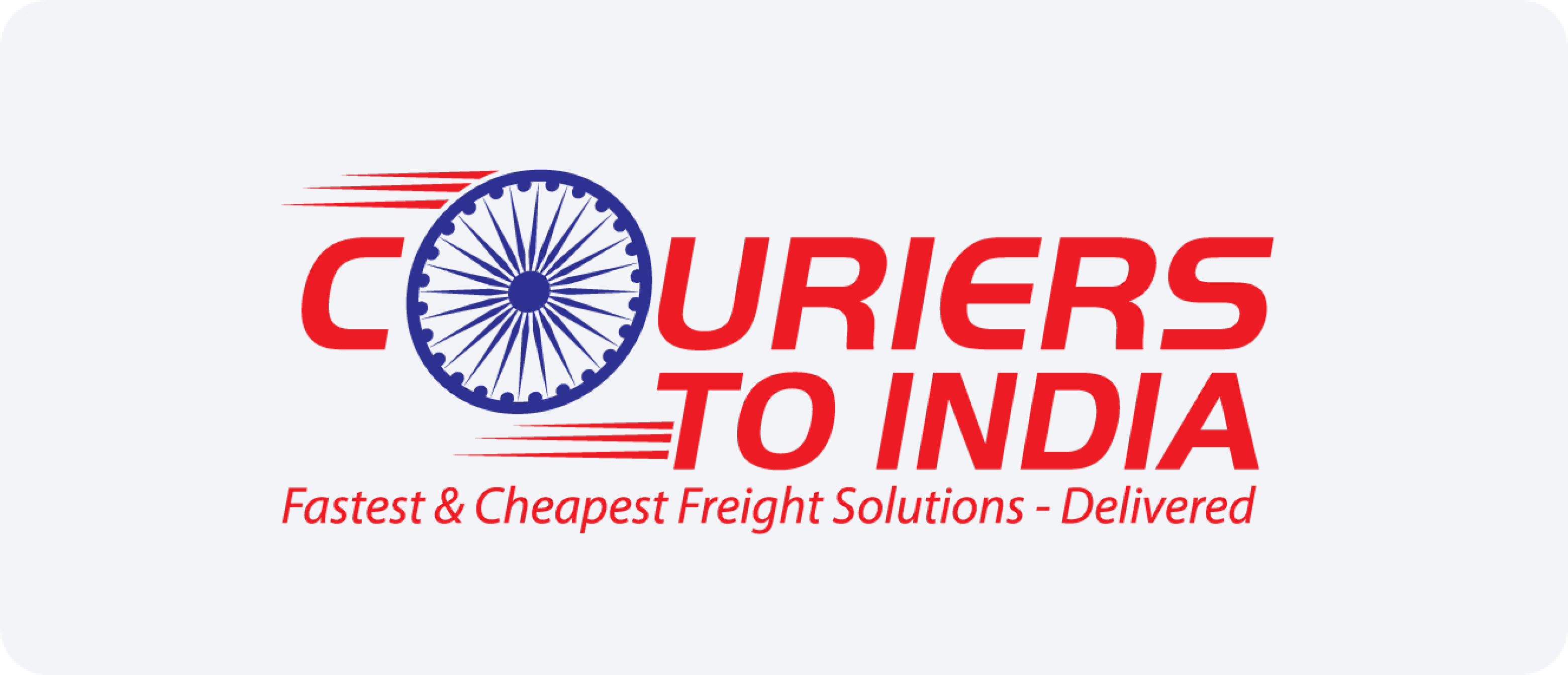
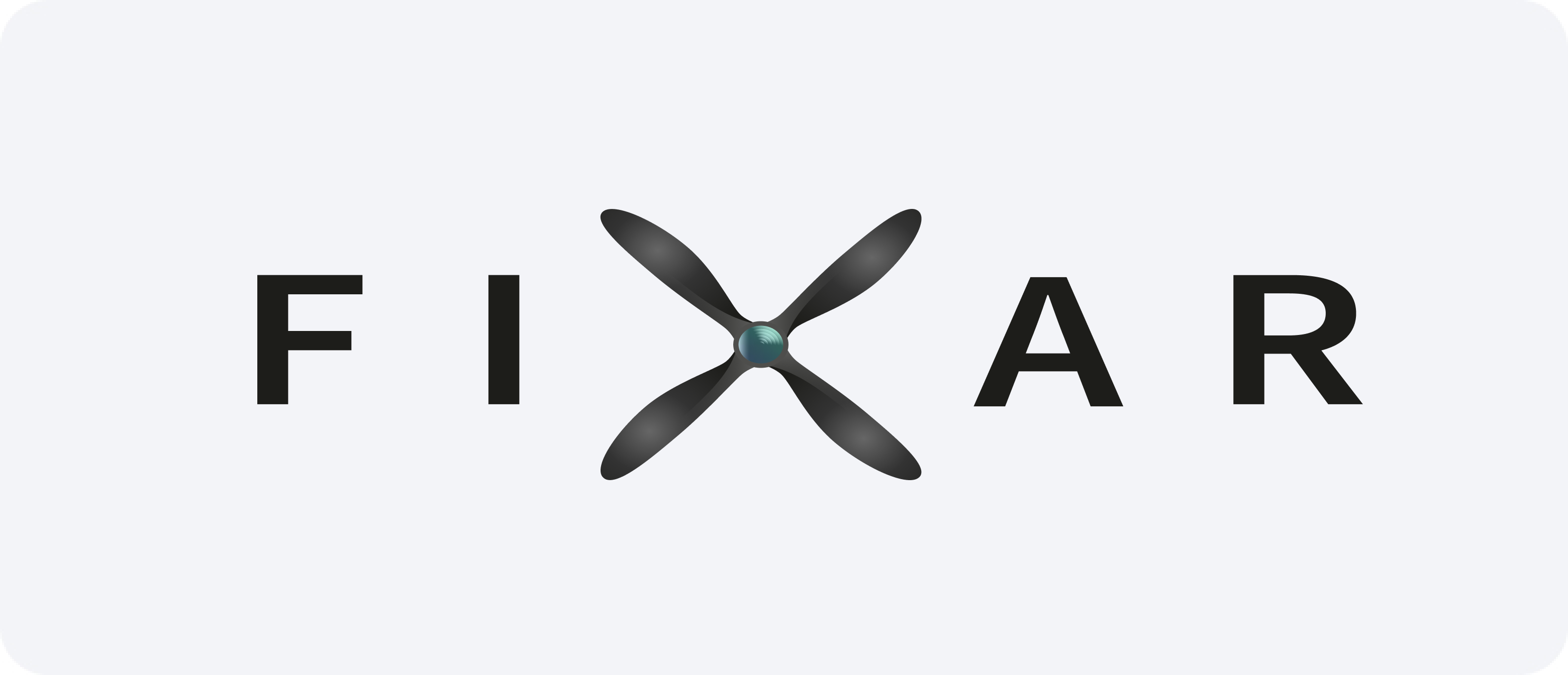
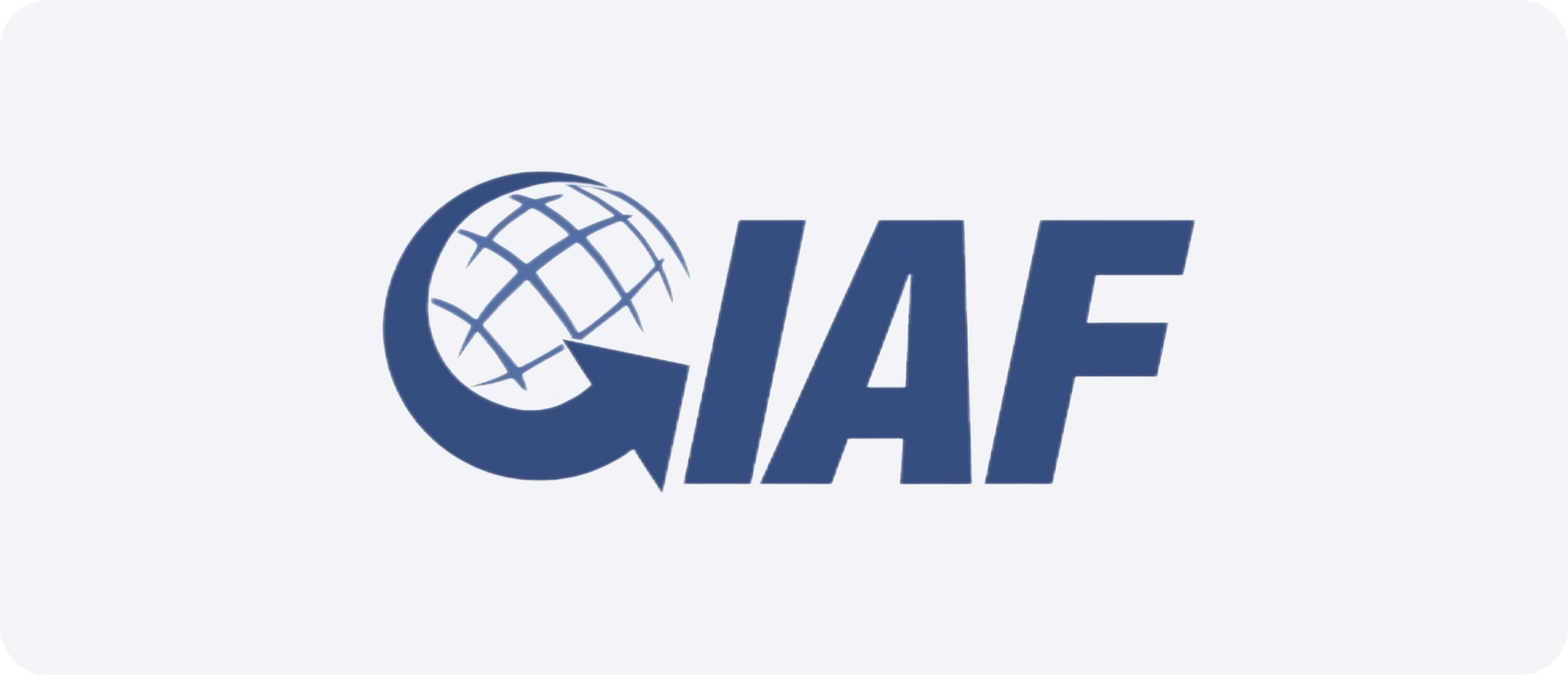
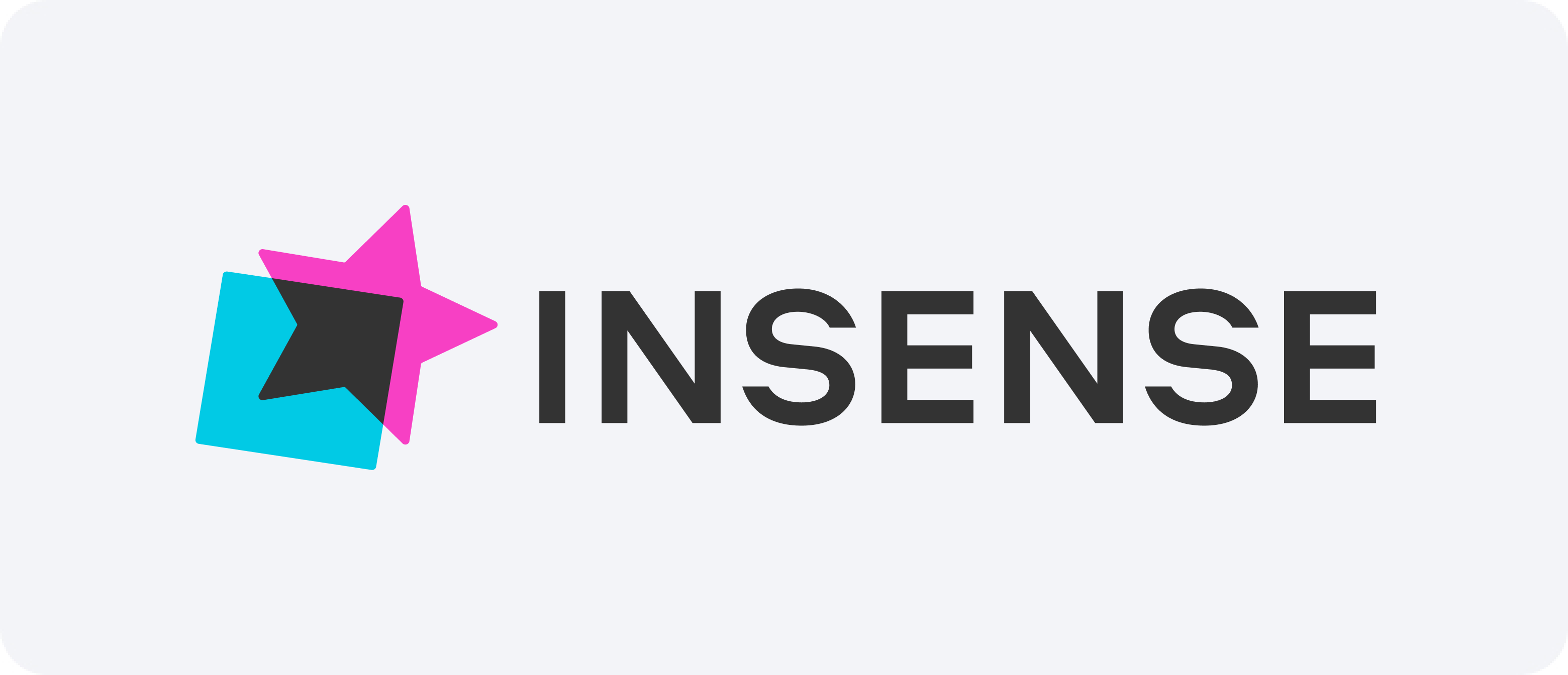
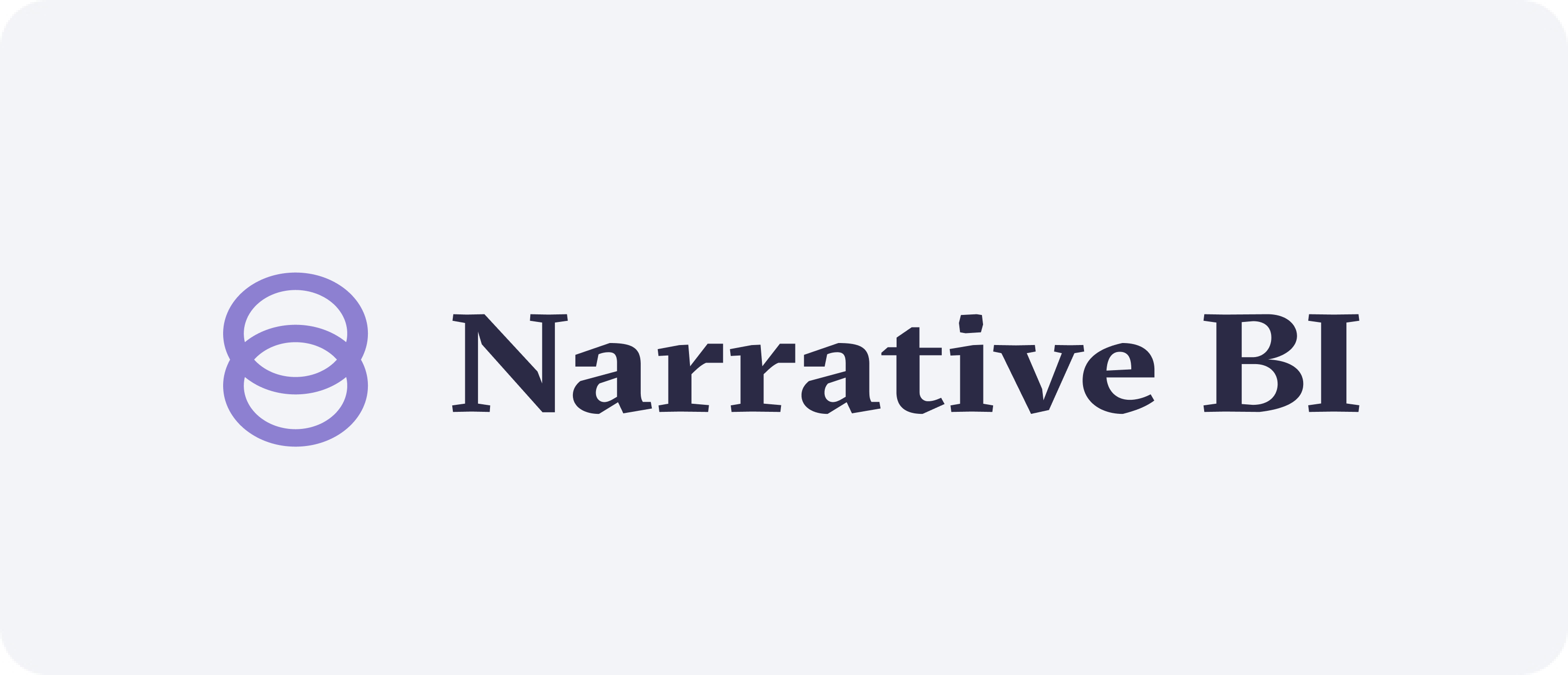

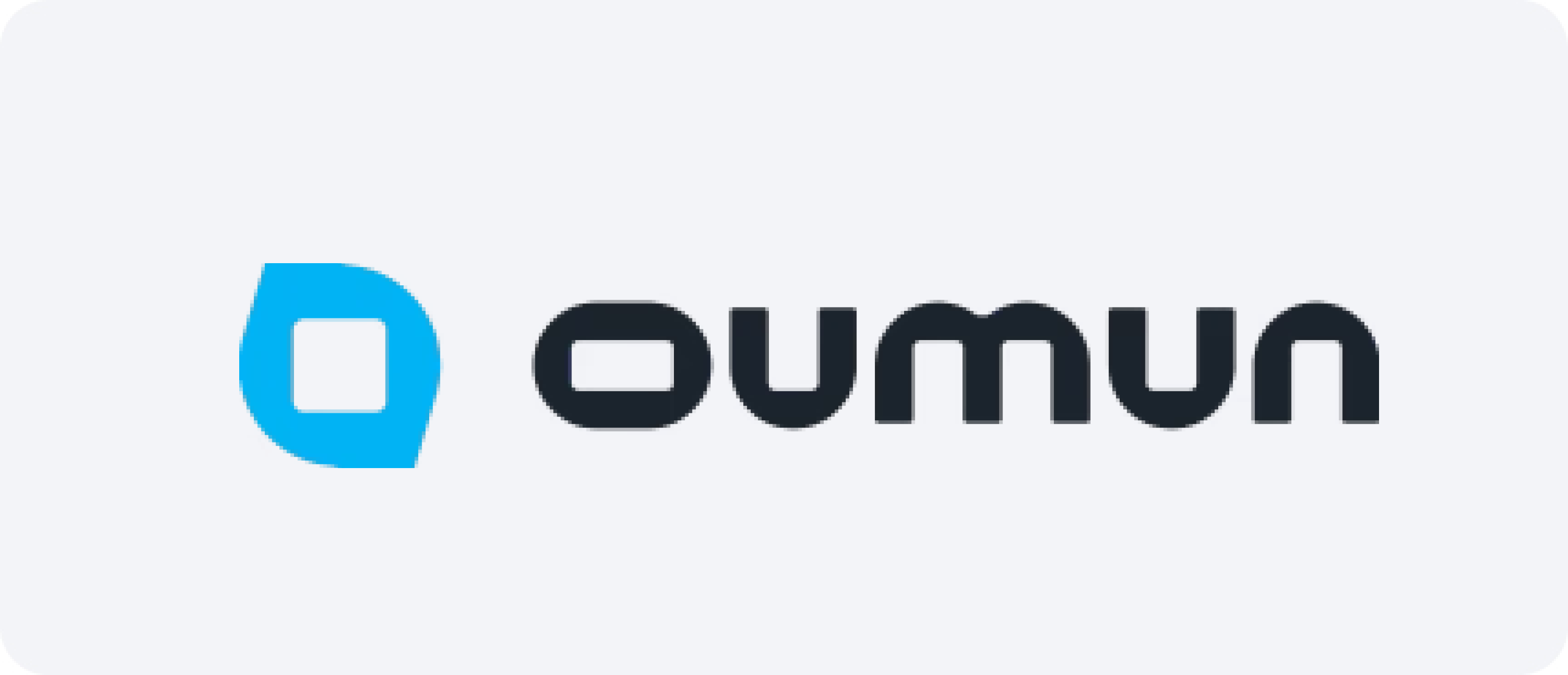
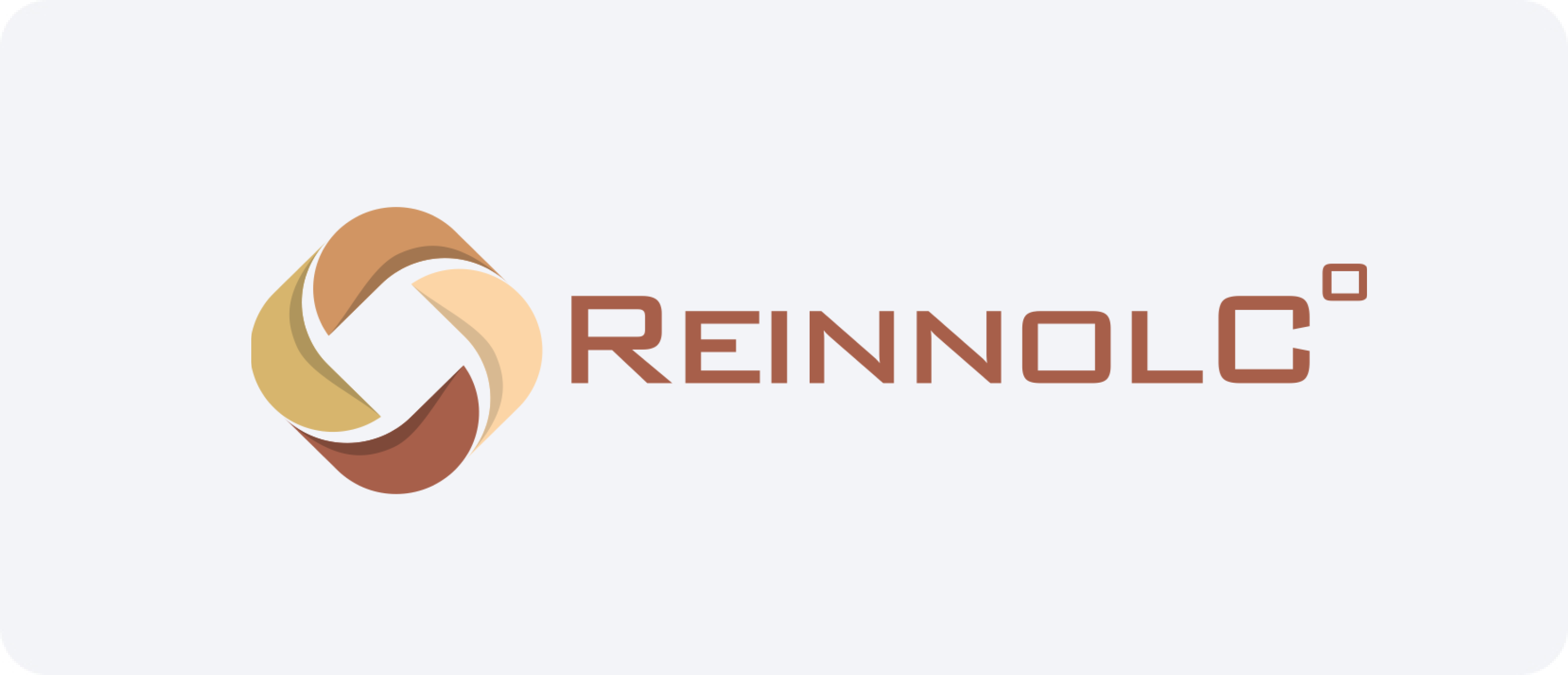
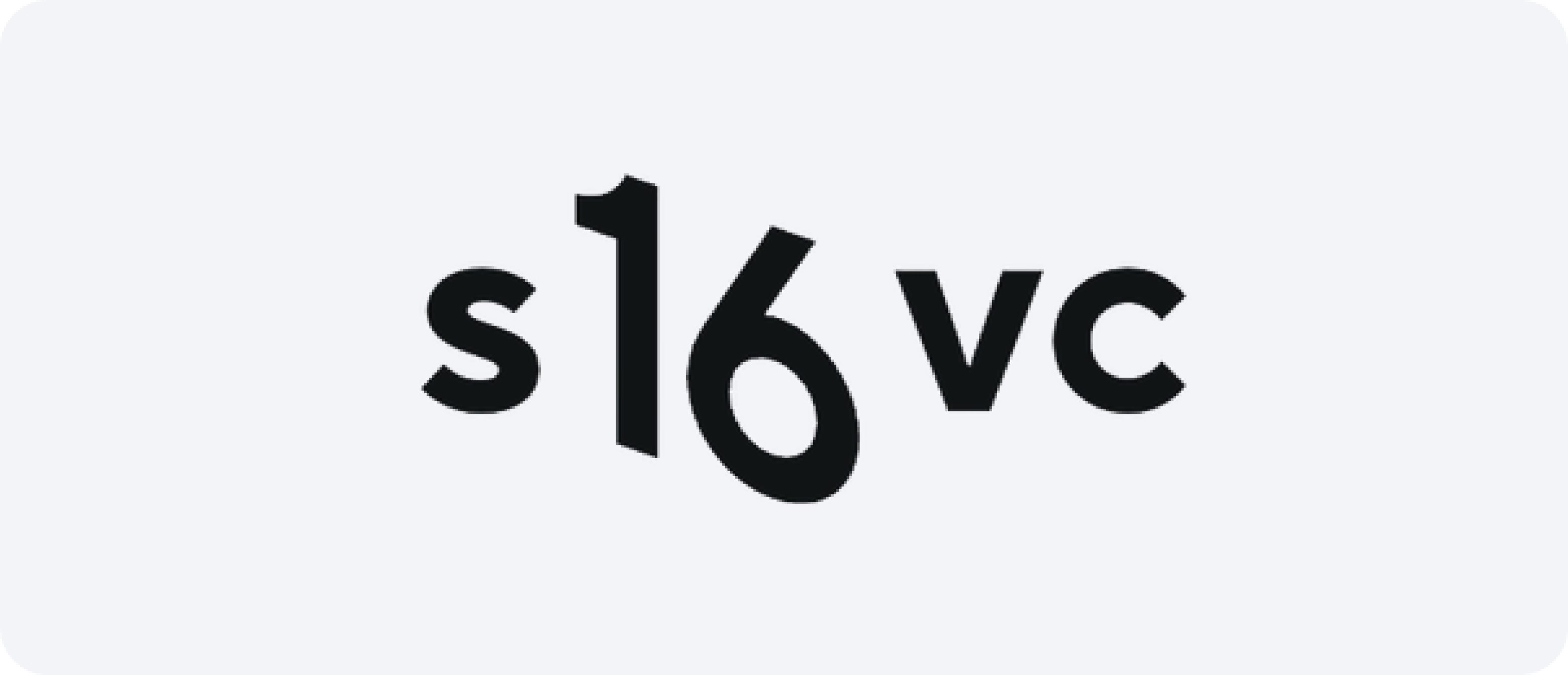
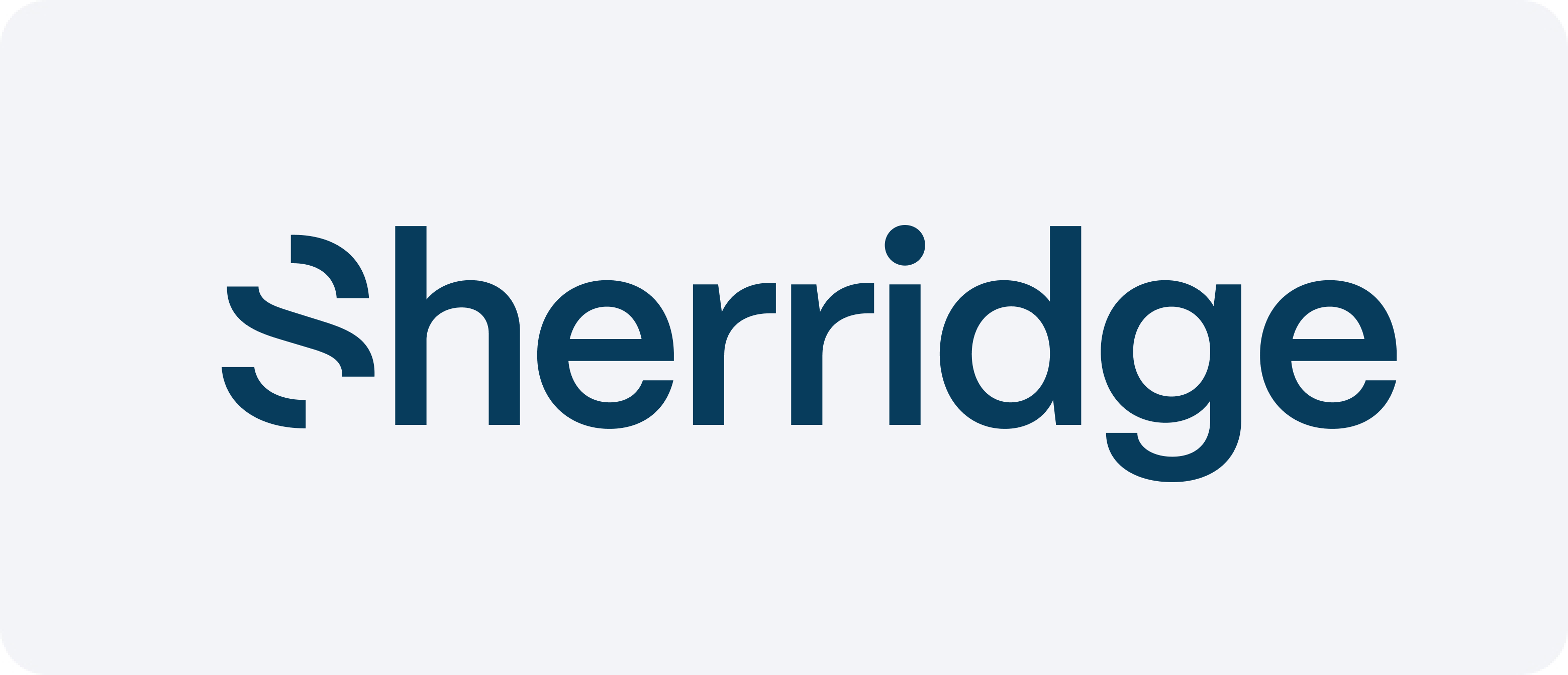
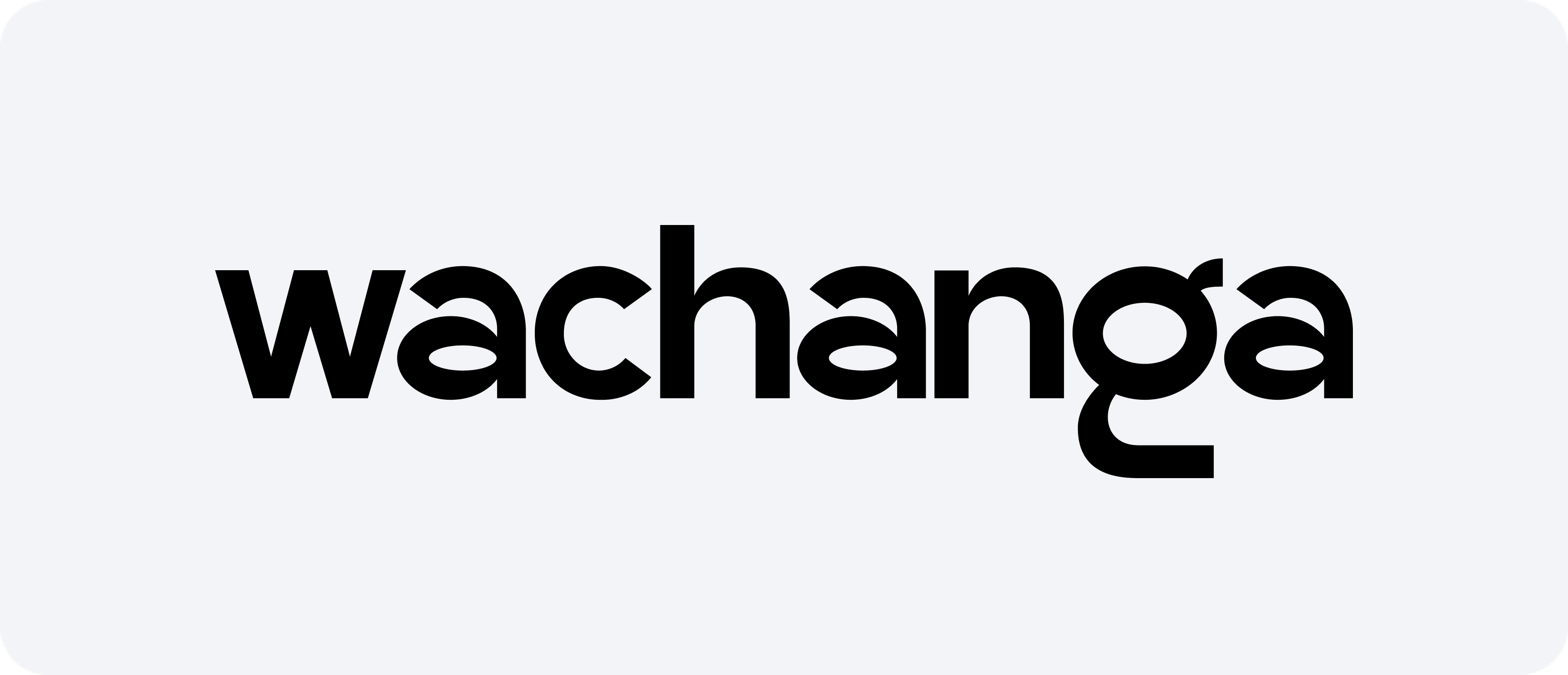
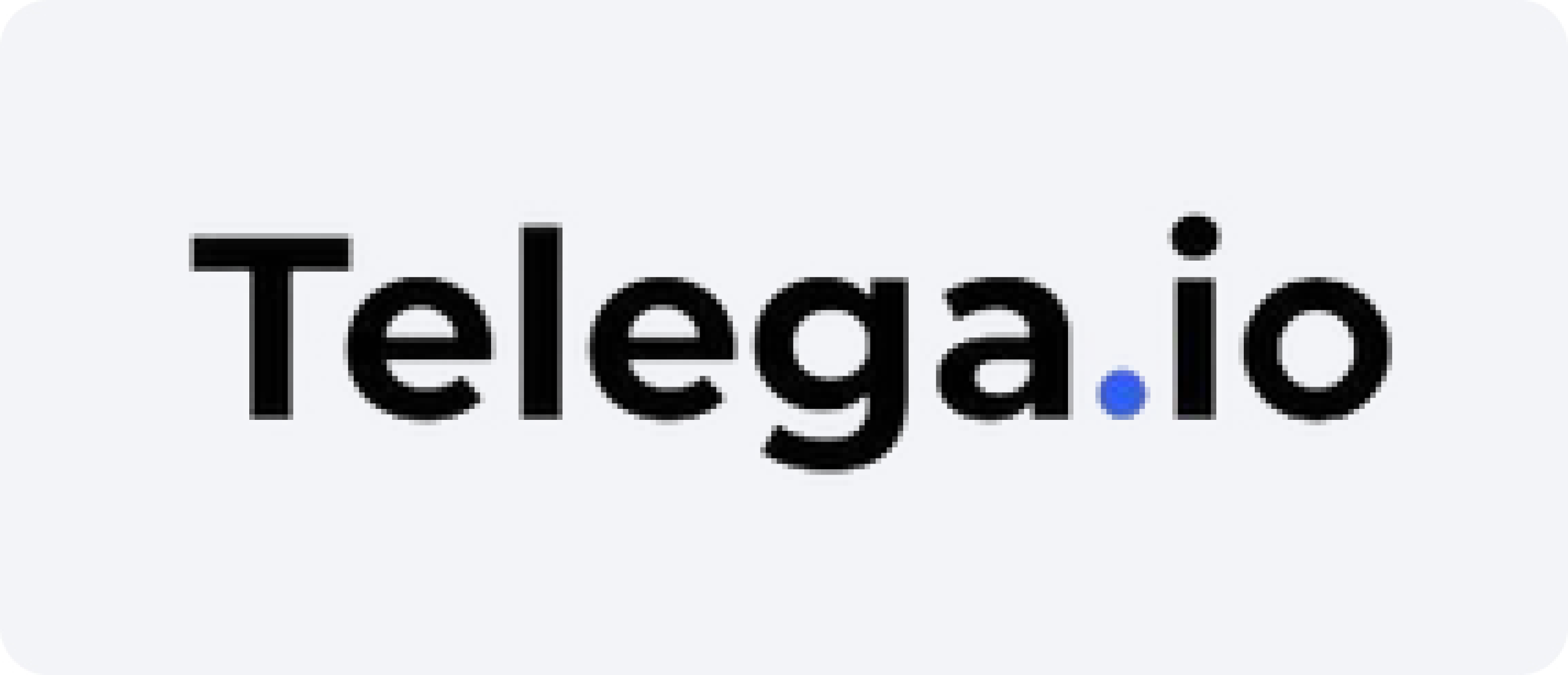

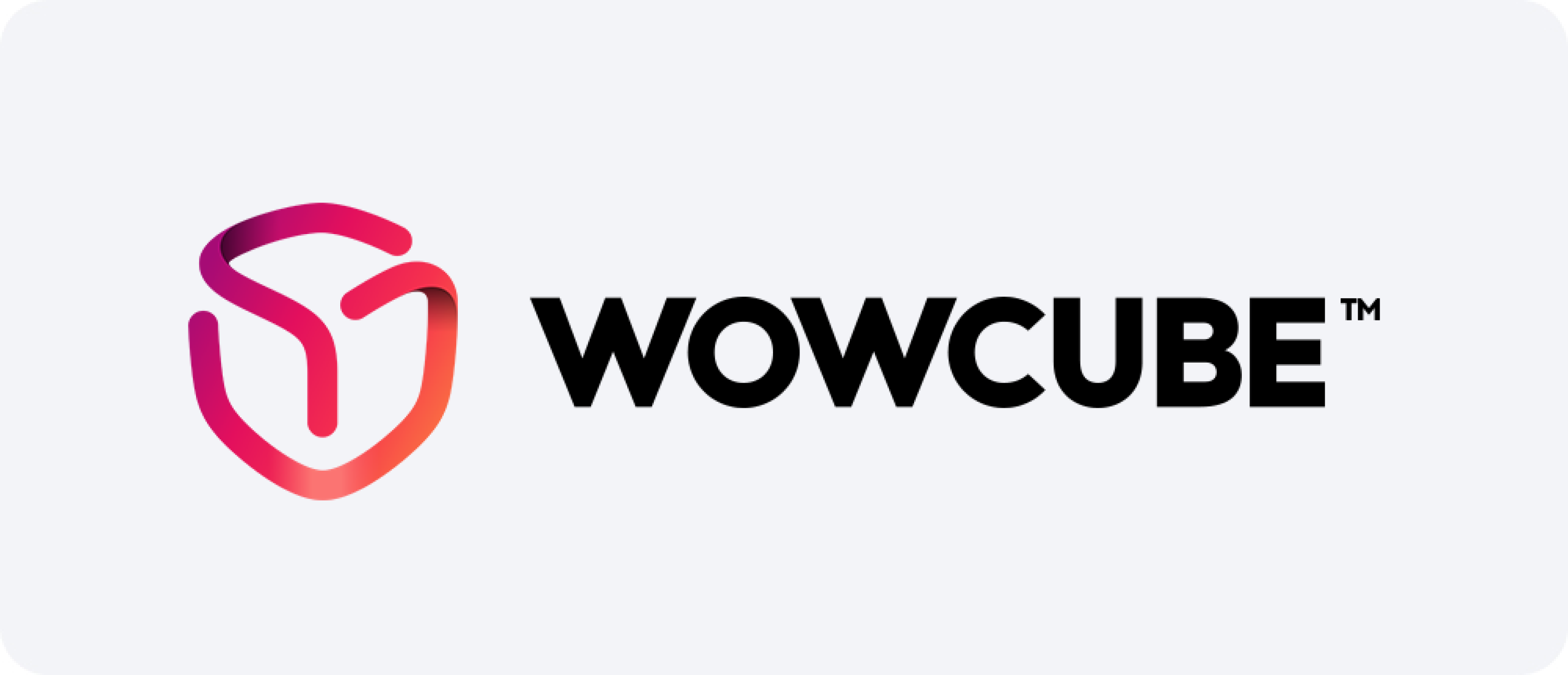












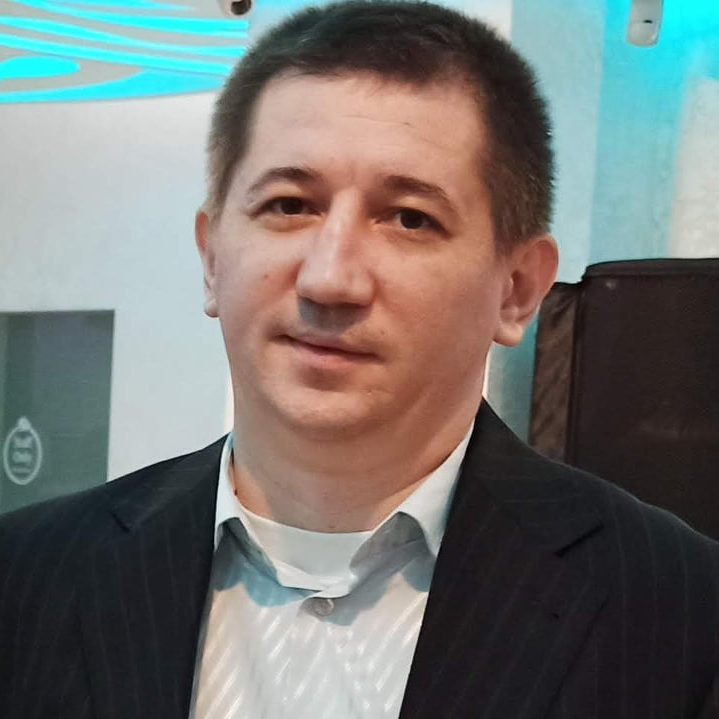
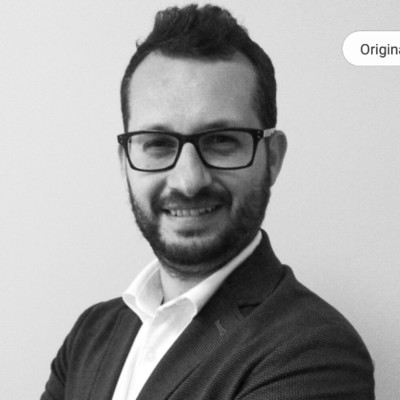
Aviso de Concessão de Permissão e Patente em Todo o Mundo: O que os Inovadores Devem Saber
Receber uma notificação de concessão é um momento crucial no processo de patenteamento. Essa comunicação formal sinaliza que um escritório concluiu seu exame e está pronto para conceder uma patente, desde que o requerente cumpra os requisitos finais. Entender como esse processo funciona em diferentes jurisdições é essencial para inovadores e empresas que buscam proteção em todo o mundo.
A notificação de emissão é mais do que um marco processual — é um sinal verde para a inovação avançar, dando aos inventores a chance de garantir direitos exclusivos. Seja para depositar nos Estados Unidos, Europa, Ásia ou outras regiões, reconhecer as nuances dos processos de concessão de patentes garante que você esteja bem posicionado para proteger seus ativos intelectuais globalmente.
Compreendendo o processo global de concessão de patentes
Embora as leis variem entre as jurisdições, a maioria dos países segue uma sequência semelhante: apresentação do pedido, exame, emissão e, por fim, concessão dos direitos. Após a emissão da notificação de concessão, os requerentes geralmente precisam pagar as taxas de concessão e fornecer os documentos finais. Isso dá início à publicação e à emissão formal da patente.
Nos Estados Unidos, a notificação é emitida após o examinador do USPTO determinar que o pedido está em conformidade com todos os requisitos legais. Outras jurisdições, como o EPO ou o JPO, possuem processos comparáveis, mas adaptados localmente.
Os seguintes elementos são normalmente encontrados no pipeline de aprovação global:
- A notificação emitida após exame bem-sucedido
- Pagamento das taxas de emissão aplicáveis
- Envio de quaisquer revisões ou documentos finais
- Publicação de concessão de invenção
- Emissão de direitos ao requerente
Apesar das semelhanças, os prazos e procedimentos podem variar. No Japão, por exemplo, os candidatos devem solicitar o exame dentro de um prazo específico, enquanto na União Europeia, os requisitos de tradução e as etapas de validação seguem a aprovação.
Principais diferenças na aprovação mundial
Garantir patentes em vários países exige conhecimento das práticas locais e de possíveis atrasos. Aqui está uma breve visão geral de como algumas das principais jurisdições lidam com o processo de notificação e aprovação de emissão:
- Estados Unidos: Após receber a notificação de emissão, os requerentes normalmente têm três meses para pagar a taxa de emissão. Uma vez processada, a emissão é publicada e o número da invenção é atribuído.
- União EuropeiaApós a comunicação de "intenção de emissão", os requerentes devem aprovar o texto e pagar a taxa. A invenção é então publicada e validada em estados-membros selecionados.
- China: Uma vez que o pedido seja considerado admissível, o CNIPA emite uma notificação e solicita o pagamento da taxa final. A invenção é então emitida e publicada.
- Japão: O JPO emite uma notificação de emissão, exigindo o pagamento de taxas de registro. Os direitos são conferidos após a inscrição no registro de invenções.
- Canadá: Após a notificação de emissão, os requerentes devem pagar uma taxa final dentro de um prazo determinado. A invenção é então concedida.
- Austrália:Após a aceitação, a invenção é publicada e emitida após um período de espera, sem cobrança de taxa.
- Brasil:O processo de aprovação geralmente demora mais devido a pendências, mas, uma vez aprovado, uma notificação é enviada e taxas finais são necessárias para a emissão.
Benefícios de receber uma notificação de emissão
Receber uma notificação de emissão traz diversas vantagens:
- Certeza jurídica – Confirma que a invenção é considerada nova, inventiva e industrialmente aplicável.
- Oportunidades de monetização – Investidores e parceiros podem se envolver quando virem um caminho claro para aprovação.
- Posicionamento de mercado – As empresas podem divulgar publicamente suas questões pendentes, geralmente marcadas como "pendentes".
- Potencial de licenciamento – Com uma notificação de emissão em mãos, os licenciadores ganham vantagem na negociação.
- Planejamento estratégico – O cronograma para entrar em jurisdições estrangeiras ou solicitar aplicações divisionais se torna mais concreto.
Desafios e considerações comuns
Embora uma notificação de emissão seja motivo de otimismo, ela não garante aprovação automática. Diversos problemas ainda podem surgir, como:
- Perda do prazo para pagamento da taxa de emissão
- Erros no texto final ou desenhos
- Erros de tradução em jurisdições não inglesas
- Oposição pós-emissão ou reexame em algumas regiões
- Regras divergentes para aplicações divisionais ou de continuação
A gestão proativa é fundamental. Agentes e advogados frequentemente coordenam os processos globais para garantir que a aprovação ocorra sem problemas em todos os países. A utilização de ferramentas como o PCT pode agilizar os processos internacionais em um único procedimento antes de passar para as fases nacionais.
Dicas para gerenciar a aprovação de invenções globalmente
Aqui estão algumas dicas práticas para otimizar sua estratégia internacional:
- Monitore todos os prazos de perto após a emissão de uma notificação
- Orçamento para taxas de emissão em todas as jurisdições
- Garanta a precisão da tradução para regiões como Europa, Japão ou China
- Trabalhe com advogados locais que entendam as leis e os cronogramas nacionais
- Planeje o licenciamento ou execução potencial assim que a invenção for concedida
- Alinhe as estratégias de arquivamento com os objetivos comerciais — alguns mercados podem não exigir cobertura completa do problema
Considerações finais
A jornada do pedido até a emissão da invenção é repleta de marcos, mas a notificação de emissão é um dos mais cruciais. Ela sinaliza a reta final para garantir direitos de propriedade intelectual globalmente. Compreender os processos específicos de cada jurisdição ajuda inventores e empresas a planejarem melhor, reduzirem riscos e aprimorarem sua estratégia global de PI.
Com preparação cuidadosa e suporte experiente, as empresas podem navegar pelo processo de aprovação através das fronteiras, transformando inovação em vantagem de mercado protegida.
